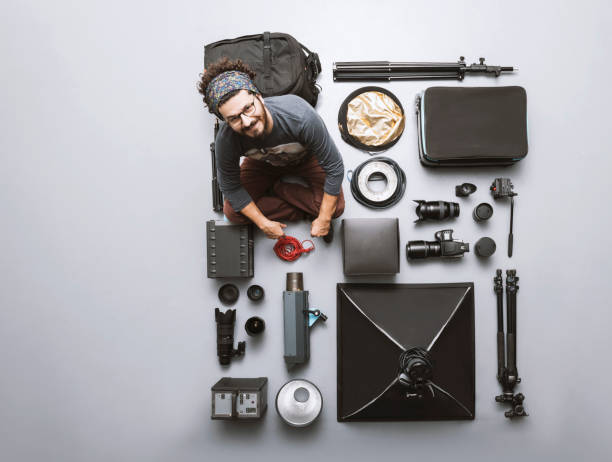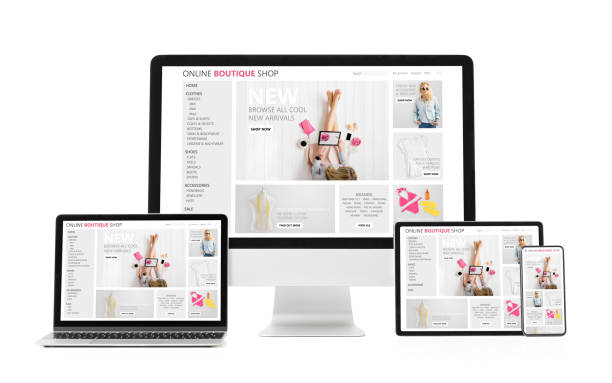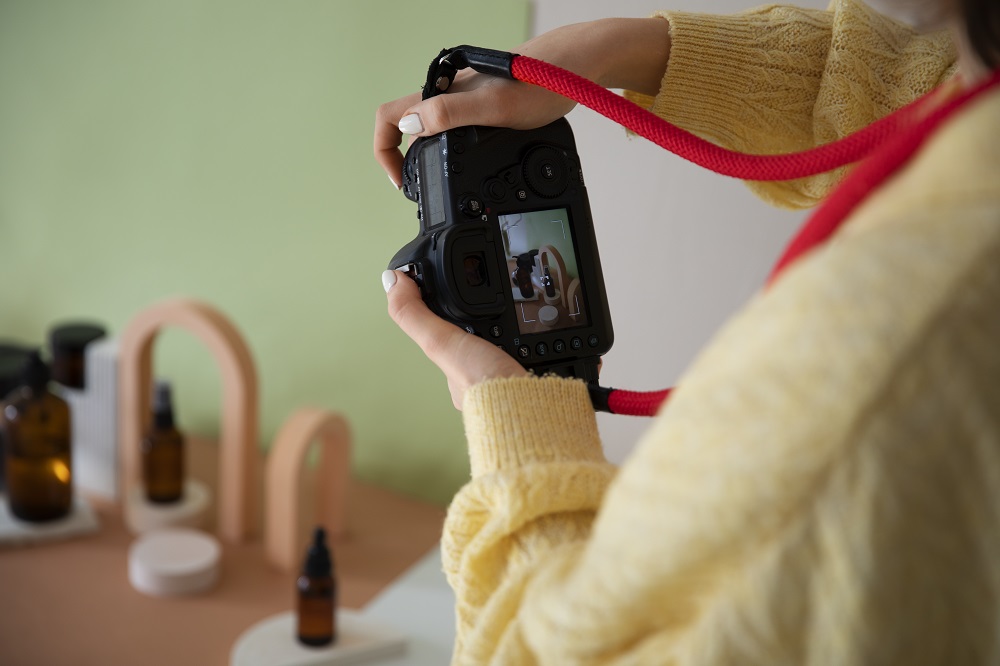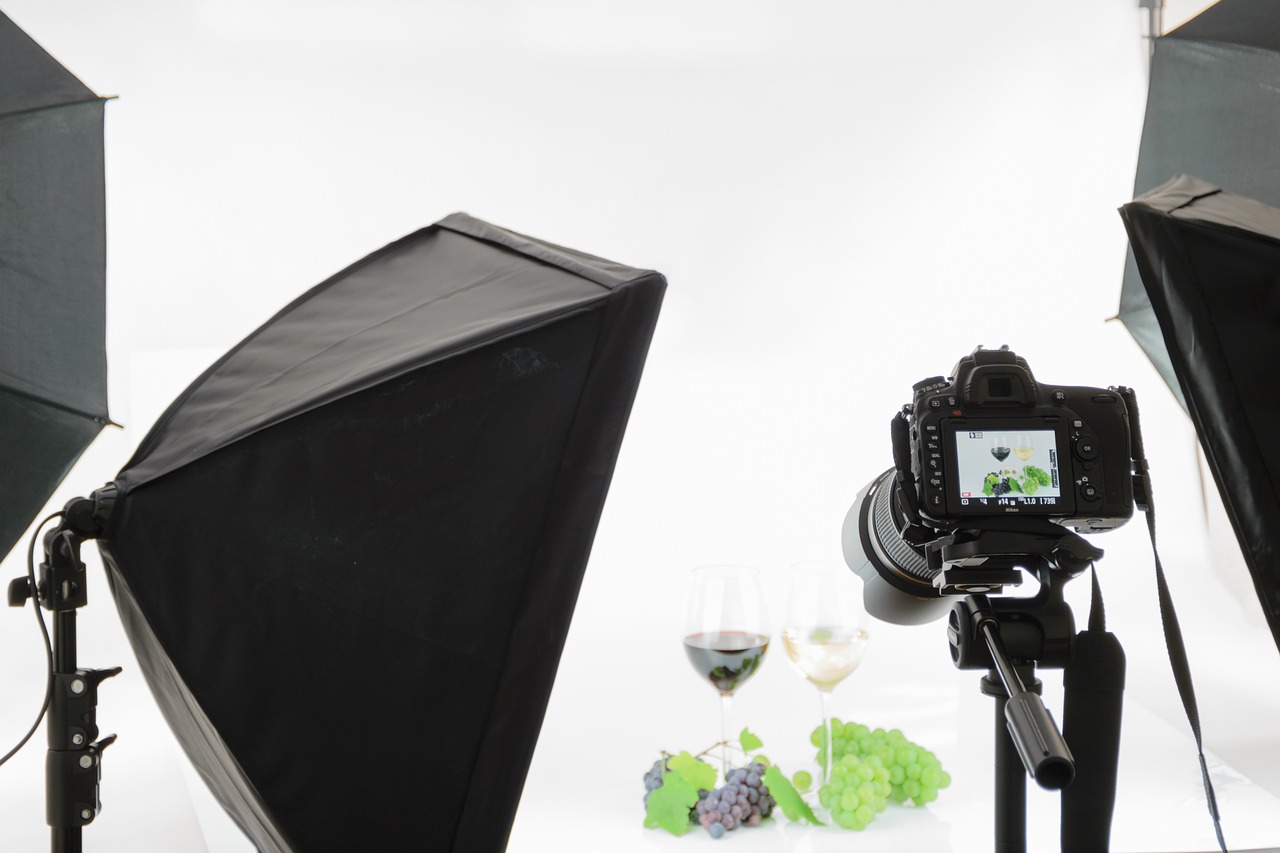Superior product photography is the single most important factor in the success of an online shop. White backdrop product photography may make a huge impact on the success of your online store’s product listings.
White background product photography is 10x better than any other type. This difference is subjective, but I believe it’s crucial to understanding and utilizing white background product photography. White backdrop product photography has more to offer than simply showing off your products; it can also help you increase sales by affecting the way people perceive your business.
Then, let’s investigate!
Why Use White Background Product Photography?
1. They Make Your Products Pop
White provides the greatest constancy and makes items of many colors and styles seem beautiful, so it’s a wonderful choice for a store’s backdrop.
When you’re creating a store, one of the most important things to consider is your product photography. A white backdrop will make your products show up as beautiful, and they’ll look professional. Also, white backdrops are the most effective for displaying merchandise with little visual clutter.
2. They Offer More Versatility for All Marketing Channels
Many Ecommerce business owners nowadays view their products as a brand and are looking for the best way to market the product. To get the most out of your advertising dollars, you should take product images that can be utilized in both traditional and online advertising, versatility that allows for use in both traditional and online media causes advertisers to get more value from their campaigns.
You don’t have to limit yourself — because there’s more to your product images than just photography. Product photos that convey luxury and quality can help you engage potential customers in an emotional way, which can help them make a purchase. If you aren’t already taking the time to optimize your images, you should start doing so.
3. White Background Photos Are Easier to Edit
The white backdrop is a staple in professional product photography. It’s simple, and versatile and gives the photographer lots of creative options. When it comes to editing your product photos, you may want to get the best out of each shot. You may also have a high-end camera and want to use it to capture the best photos possible. But when shooting against a white backdrop, amateurs usually can’t do this without spending money on editing technology in post-production.
Shooting against a white backdrop makes it much simpler for amateurs to produce professional-looking product shots in post-production.
4. It’s Easier to Upgrade from White Product Photos to Color
A white backdrop for a picture of a product conjures up images of monotony. However, the reality is that even if you want to add some color to your product shot by turning the backdrop neon yellow, you need to start with a nice background that is simple to alter. If you’re trying to edit a product photo by removing the backdrop, white is your friend.
Understanding why white-background product photography is preferable for product-only photographs in online stores, we can go on to discuss the essential photographic gear for such endeavors.
Camera Gear Should You Use For Product Photography On White Background

Product photography on a white backdrop is becoming more and more popular. This is because products look great against a white background and it’s also good for your brand. However, it can be tricky to get the product to look as good in the image as it does in real life – which is where the white backdrop comes into play.
White background photography gives your viewers a full view of the product, but working with a white background isn’t easy. Photography specialists recommend essential items for taking pictures of products on a white backdrop as follows:
1. Set Up A White Background
First, you’ll want to make a white backdrop if you’re not going to be utilizing a lightbox (more on that later). A blank wall, poster board, or even a whole room may serve this purpose.
If you’re a complete beginner on a tight budget, white poster board (not off-white or cream) is a good place to start. White walls should be flat and free of any distracting textures that would need extensive post-production work to remove.
You may get a wide selection of white backdrops in picture editing software or online marketplaces like Amazon when you invest in product shots for your eCommerce business; the most flexible of them are sweep simple white backgrounds that you can roll.
2. Arrange A Light Box or Light Tent
These boxes, known as “light boxes,” diffuse the light coming in through their transparent sides. The upside of this is that it allows for constant lighting conditions, without the risk of excessive shadows.
There are lightboxes available with inside lighting, and for those on a tighter budget, there are softboxes that can be outfitted with external lighting (which is what we recommend).
The latter has the upper hand since prefabricated LED light boxes are often rather tiny. As a result, you have far less say in how the lights in your home are arranged.
3. Get Ready With A Shooting Table
You may use any flat surface in your houses, such as a table, chair, or stool. Make sure your shooting surface and you will be in close proximity to a window if you want to use natural light (light source).
4. Lights & Bulbs To Create Illumination
Light bulbs and clamps are the next items on the list. You’ll need three of these since they’ll be your main source of illumination if you don’t use natural light (which we’ll get to in a minute). For your clamp lights, we suggest 100-watt incandescent bulbs.
5. Use Tripod
You can take photographs without a tripod, but we advise getting one if you want to ensure that your shots are consistently composed in terms of distance, lighting, and angles.
6. Digital Camera or Smartphone?
Your camera is perhaps one of the most vital tools you have. No need to rush out and buy a DSLR if your smartphone already has a high-quality camera.
7. Use A Photo Editing Software
Last but not least, you’ll want picture editing software to make final adjustments to your images after the session. There is a plethora of both free and paid online and desktop picture editing tools available nowadays. The choice between the two should be dependent on the user’s preferences, available resources, the quality of the photos to be edited, and the budget.






